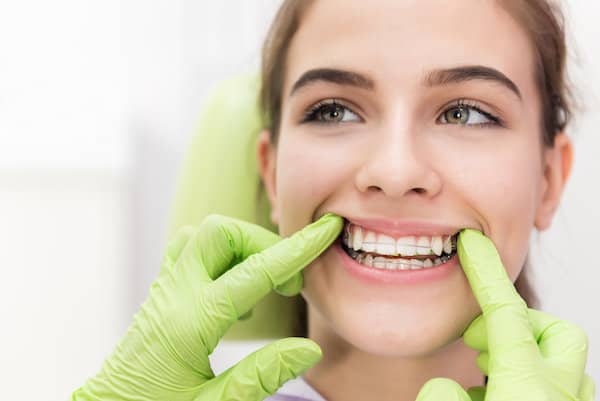Two-Phase Treatment


What is Two-Phase orthodontic treatment?
Two-phase orthodontics involves one course of treatment in childhood (usually ages 7 to 11 years) and another during adolescence (usually around ages 12 to 13 years). The first course of treatment is performed when the patient has a combination of baby and adult teeth.
Two-phase orthodontic treatment is a specialized process that combines tooth straightening and physical, facial changes to build and maintain a healthy smile for a lifetime.
In the two-phase treatment plan, each phase focuses on distinct goals. Phase 1 treatment corrects existing or developing skeletal or muscular orofacial environments before the arrival of all the patient’s permanent teeth. It aims to amend the jaw position to accommodate the existing teeth as well as those that will come in later. Phase 2 treatment, on the other hand, concentrates on final alignment.
What happens if you delay your child’s Two Phase Treatment?
If the treatment is delayed until all the adult teeth erupt, there may be future orthodontic complications which may require extractions and/or surgery. Therefore, our dentists at Smile Buddy recommend undergoing orthodontic treatments in the early stages of life, if it’s suggested or recommended.
Orthodontic Treatment Phase One:
The goal of Phase-One treatment in children is to help the jaw develop in a way that will accommodate all the permanent teeth and improve the way the upper and lower jaws fit together. Children sometimes exhibit early signs of jaw problems as they grow and develop. An upper and lower jaw that is growing too much or not enough can be recognized at an early age. If children after age 6 are found to have this jaw discrepancy, they are candidates for early orthodontic treatment.
It’s important to keep in mind that the patient’s teeth are not in their final positions at the end of Phase I of the two-phase orthodontic treatment. Therefore, the patient is required to visit the orthodontist at specified intervals in order to be under close observation for any changes.
Resting Phase:
In this phase, the remaining permanent teeth are allowed to erupt. Retaining devices are not always recommended since they can interfere with eruption. It is best to allow the existing permanent teeth some freedom of movement while final eruption of teeth occurs. A successful first phase will have created room for teeth to find an eruption path.
Orthodontic Treatment Phase Two:
Phase two begins when all permanent teeth have erupted. The primary goal of the second phase is to ensure that each tooth is placed in the correct position within the mouth in conformity with the cheeks, tongue, lips and other parts of the face and mouth. If this is done accurately, the teeth will also function correctly. This phase usually involves treatment with braces or Invisalign aligners. After phase two is complete, your orthodontist may advise the use of retainers.